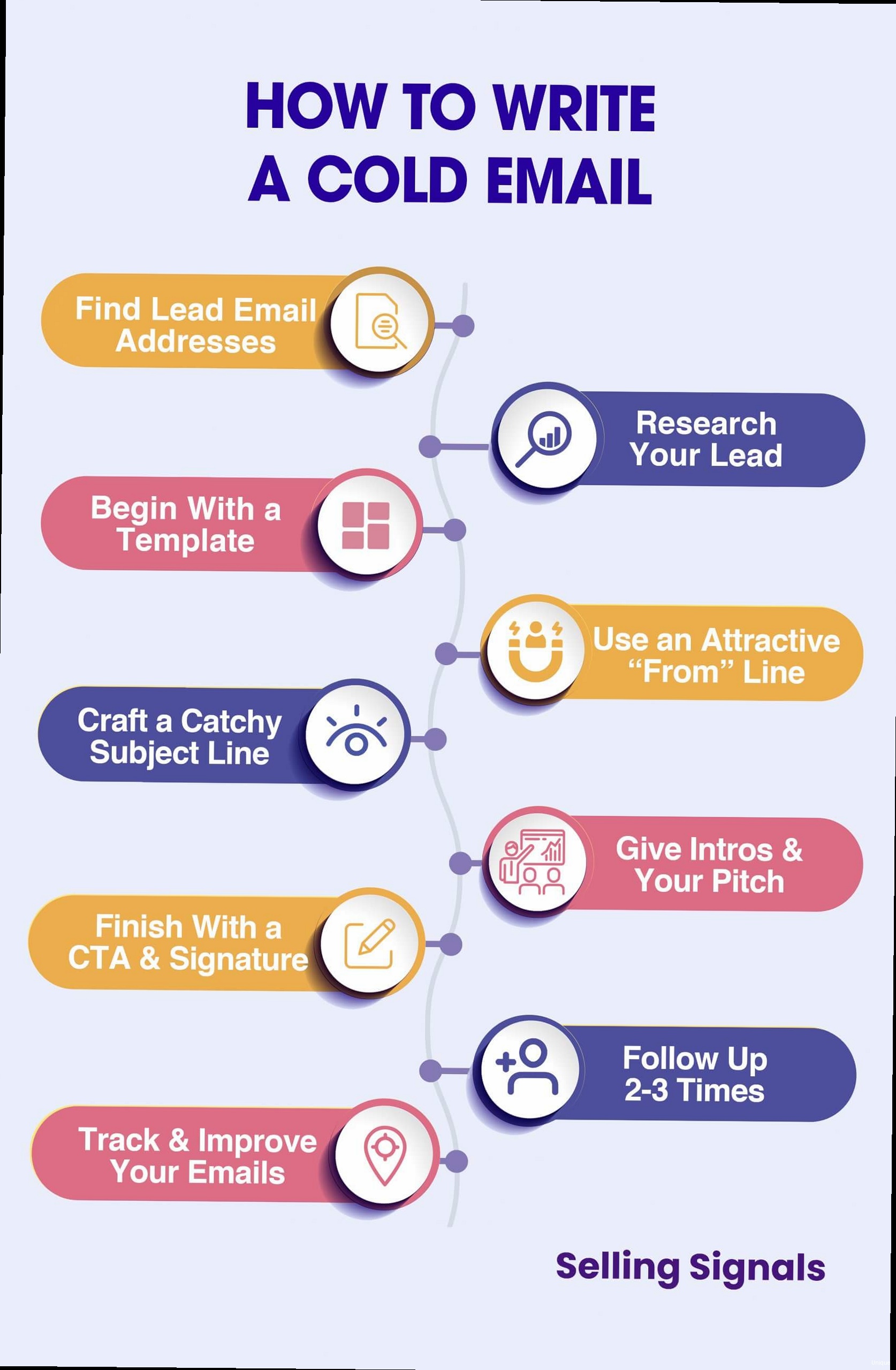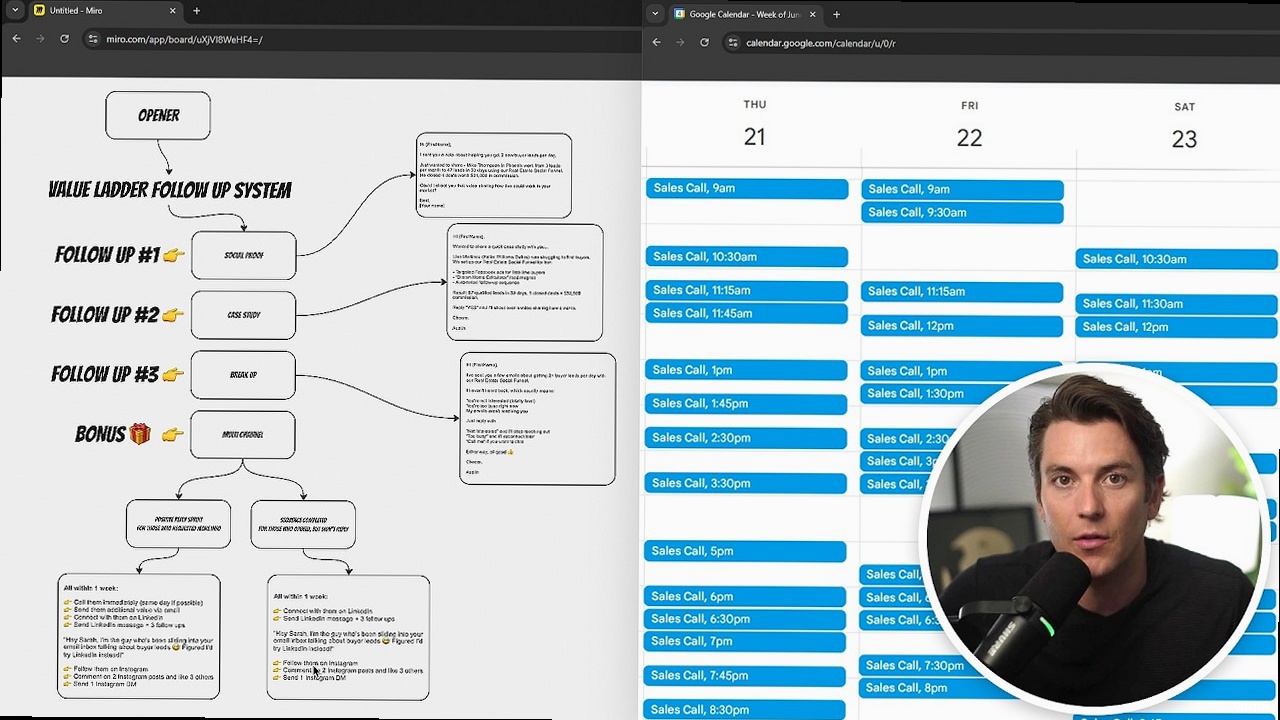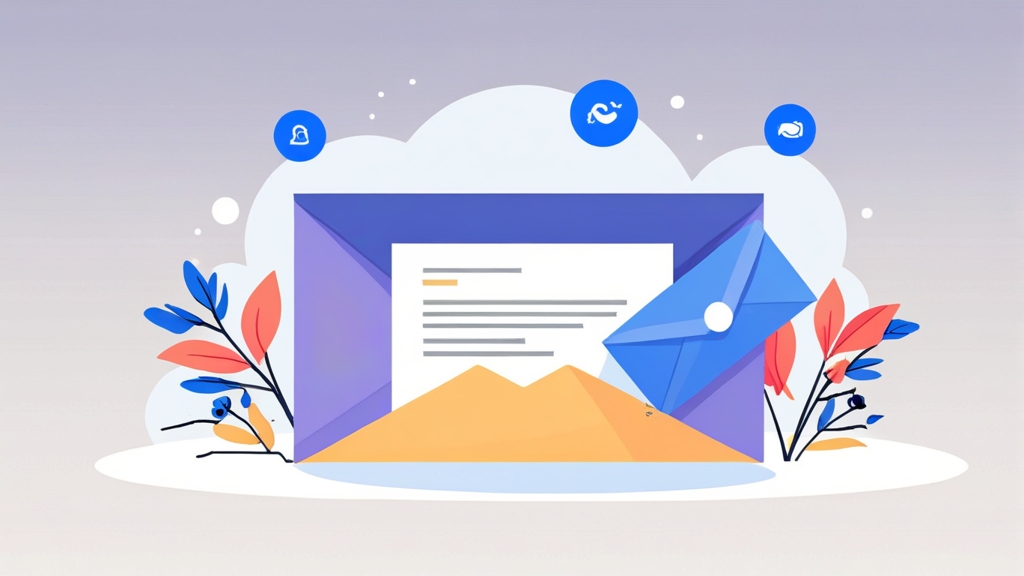Mastering the Cold Email Follow-Up: Strategies for Maximizing Response Rates
Crafting the perfect cold email is only half the battle. The real magic happens in the follow-up. This article delves into proven strategies for effectively following up on your cold emails, significantly increasing your chances of engagement and conversion. We’ll cover everything from timing and personalization to call-to-action optimization, equipping you with the knowledge to transform lukewarm leads into valuable connections.
Timing is Everything: Optimizing Your Follow-Up Cadence
 follow up strategies - A visual representation of a timeline showing the optimal intervals for sending follow-up emails, with different time suggestions for different industries or target audiences." title="Illustration for A visual representation of a timeline showing the optimal intervals for sending follow-up emails, with different time suggestions for different industries or target audiences." width="512" height="512" / class="wp-image-159 wp-image-12400">
follow up strategies - A visual representation of a timeline showing the optimal intervals for sending follow-up emails, with different time suggestions for different industries or target audiences." title="Illustration for A visual representation of a timeline showing the optimal intervals for sending follow-up emails, with different time suggestions for different industries or target audiences." width="512" height="512" / class="wp-image-159 wp-image-12400">Subject: Following up on AI solutions for [Company Name] - A quick thought...
Hi [Prospect Name],
Just wanted to circle back on my previous email regarding AI solutions for [Company Name].
I was thinking about your recent [Company Announcement/Blog Post] and how our [Specific AI solution] could directly address [Specific Pain Point] mentioned.
Would you be open to a quick 15-minute chat next week to explore this further?
Best regards,
[Your Name]
Subject: Re: AI solutions for [Company Name] - Still on your radar?
Hi [Prospect Name],
Just checking in again on my previous email. I understand you're likely busy, but I wanted to ensure this didn't get lost in the shuffle.
We've helped companies like [Competitor A] and [Competitor B] achieve [Specific Result] using our AI solutions, and I believe we could do the same for [Company Name].
If now isn't the right time, perhaps you could direct me to the appropriate person who handles [Relevant Department]?
Thanks,
[Your Name]
Subject: One last thought on AI solutions for [Company Name]
Hi [Prospect Name],
I understand that my previous emails might not have aligned with your current priorities.
I just wanted to share one final case study demonstrating how our AI solutions helped [Similar Company] increase their [Specific Metric] by [Percentage]. [Link to Case Study]
If this is of interest, please let me know. Otherwise, I'll respect your time and remove you from my list.
Thanks,
[Your Name]
Personalization at Scale: Tailoring Follow-Ups for Maximum Impact
 email marketing platform, highlighting the concept of "personalization at scale."" title="Illustration for An image depicting a person customizing multiple emails simultaneously using a CRM or email marketing platform, highlighting the concept of "personalization at scale."" width="512" height="512" / class="wp-image-160 wp-image-12401">
email marketing platform, highlighting the concept of "personalization at scale."" title="Illustration for An image depicting a person customizing multiple emails simultaneously using a CRM or email marketing platform, highlighting the concept of "personalization at scale."" width="512" height="512" / class="wp-image-160 wp-image-12401">Subject: Improving Customer Retention at [Company Name] with [Your Solution]
Hi [Prospect Name],
I noticed that [Company Name] is actively working on improving customer retention, as mentioned in [Source - e.g., recent blog post/article].
Our [Specific Solution] has helped similar companies like [Competitor] reduce churn by [Percentage] and increase customer lifetime value by [Percentage].
I'd be happy to share a brief case study demonstrating how we achieved these results.
Would you be open to a quick chat to discuss your retention challenges and how we can help?
Best regards,
[Your Name]
| Segment | Key Needs | Personalized Follow-Up Angle |
|---|---|---|
| Healthcare | HIPAA compliance, patient data security | Highlight security features and HIPAA compliance certifications. |
| Financial Services | Regulatory compliance, risk management | Focus on risk mitigation and adherence to financial regulations. |
| E-commerce | Customer acquisition, conversion rates | Showcase how your solution can drive sales and improve customer lifetime value. |
Subject: Following up from [Conference Name]
Hi [Prospect Name],
It was great meeting you at [Conference Name] last week. I enjoyed our conversation about [Specific Topic].
As promised, I'm sending you some information about our [Specific Solution] and how it can help [Company Name] address [Specific Pain Point].
Please let me know if you have any questions.
Best regards,
[Your Name]
Optimizing Your Call to Action: Guiding Prospects Towards Conversion
Your call to action (CTA) is the most important element of your follow-up email. It tells the prospect what you want them to do next and guides them towards conversion. A weak or unclear CTA can lead to missed opportunities, even if the rest of your email is compelling. Clarity and Specificity are Key Your CTA should be clear, concise, and specific. Avoid vague phrases like “learn more” or “get in touch.” Instead, tell the prospect exactly what you want them to do and what they can expect. Example:- Weak CTA: “Let me know if you’re interested.”
- Strong CTA: “Would you be open to a 15-minute call next week to discuss your specific needs?”
Hi [Prospect Name],
I'd love to discuss how our [Specific Solution] can help [Company Name] achieve [Specific Goal].
Would you be open to:
1. A 15-minute call next week?
2. A quick demo of our platform?
3. Receiving a case study highlighting similar results?
Please let me know which option works best for you.
Best regards,
[Your Name]
Hi [Prospect Name],
We're currently offering a limited-time discount on our [Specific Solution] for new customers.
If you sign up by [Date], you'll receive [Discount Percentage] off your first year.
Would you be interested in learning more?
Best regards,
[Your Name]
Avoiding Common Pitfalls: What *Not* to Do in Cold Email Follow-Ups
While implementing the right strategies is crucial, avoiding common pitfalls is equally important. These mistakes can damage your reputation, alienate prospects, and ultimately undermine your cold email campaign. Being Too Pushy or Aggressive Avoid sending excessive follow-up emails or using aggressive language. Respect the prospect’s time and avoid being perceived as overly persistent. Example of What NOT to Do: “I’ve emailed you five times already! Why haven’t you responded?” Better Alternative: (As shown in previous sections) A concise, respectful final follow-up that offers a final piece of value or an easy opt-out option. Ignoring Opt-Out Requests If a prospect asks to be removed from your mailing list, honor their request immediately. Ignoring opt-out requests is not only unethical but also illegal in many jurisdictions. Example: If a prospect replies with “Please remove me from your list,” promptly remove them from your email list and send a confirmation message.Subject: Re: [Previous Email Subject]
Hi [Prospect Name],
I have removed you from my mailing list as requested.
Thank you for your time.
Best regards,
[Your Name]
